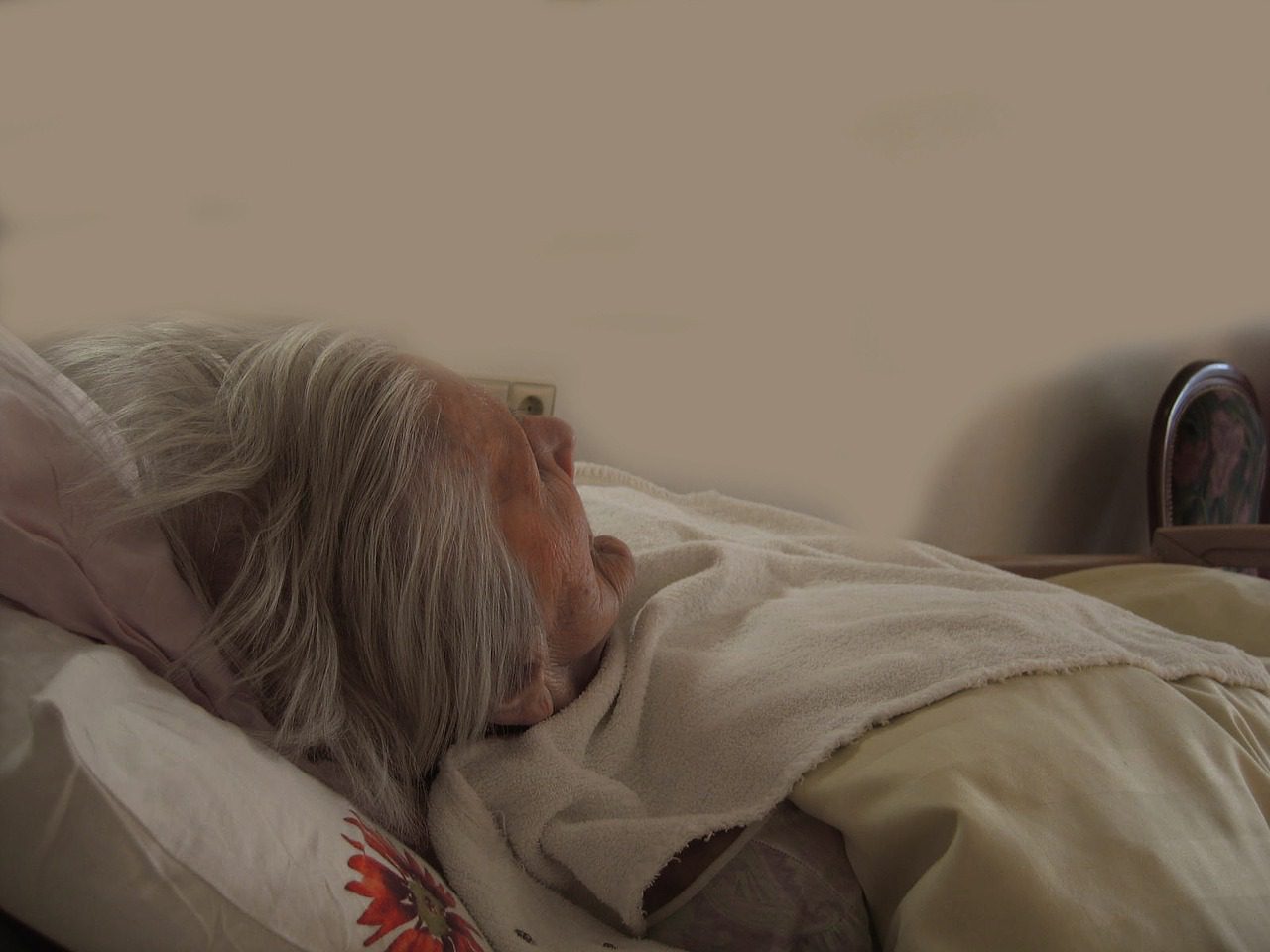Bedsores are common injuries that happen when a person is bedridden or immobile for a long time. It occurs on the skin areas under the pressure of sitting in a wheelchair, lying down on a bed, or wearing a cast for a long time.
They are also called pressure sores, pressure injuries, decubitus ulcers, or pressure ulcers. There are different stages of bedsores, and the current stage determines the severity. Bedsores may not look like a life-threatening ailment, but they can lead to more severe conditions and cause significant discomfort if left unchecked.
Bedsores are common in frail older adults or people with mobility issues and can be related to care being given to them. When a person is immobile or bedridden, it’s expected that the individuals in charge of their care will turn them occasionally. Bedsores may develop when their caregivers don’t do this or don’t position the bedridden correctly or give them good food and skincare.
According to the Center for Disease Control and Prevention, approximately 10% of nursing home residents develop this painful skin injury, with people suffering from poor nutrition, diabetes, and circulation problems more prone to it.
The Causes Of Bedsores
Bedsores are often caused by any pressure against the skin that makes the blood supply cut off for hours, which may run into days. This cut in blood supply may result in that part of the skin dying. As the part of the skin dies, bedsore begins to develop.
Bedsores are of different stages. They will often start as a small red, painful area that will eventually become larger and turn purple. If the bedsore is left untreated, it may result in that part of the skin breaking open and hence infected.
Generally, bedsores are very slow to heal. The healing process can be made even slower by the current stage of the infection, the person’s physical condition, nutritional status, and pre-existing conditions like diabetes. It may take some couple of days, months, or even years for the bedsore to heal completely; some may even require surgery.
Bedsores would mostly occur in sites like:
- The back
- The sides of the head
- The shoulder blade
- The spine
- The lower back
- The hip
- The tailbone or buttocks
- Back of the arms and legs
- Heels
Are There Risk Factors For Bedsores?
Of course, there are a couple of risk factors. The risk factors are increased when an individual is unconscious, can’t sense pain, has difficulty moving, and, as a result, cannot change position easily.
The most common risk factors associated with bedsores include:
- Immobility
This might be due to an individual being unconscious, spinal cord injury, poor health, and many other factors that prevent movement.
- Loss of Sensory Perception
Sometimes, injuries and ailments such as spinal cord injuries, neurological disorders, and other conditions can result in an individual losing sensory perceptions. The loss of sensation can be quite dangerous as it results in a disability to feel discomfort or pain, which could have been warning signs to change position.
- Poor Hydration and Nutrition
For the skin to maintain its healthy and fresh look, it needs enough fluids, nutrients, and minerals. Failure to supply these fluids and nutrients to the skin may result in a breakdown of tissues and other biological processes, which may cause the skin to break under pressure.
- Incontinence
The skin becomes very vulnerable when they are not adequately or regularly cleaned. This is made worse when it’s in continual exposure to urine and stool.
- Other Medical Conditions that Affect Blood Flow
Some health problems affect blood flow and can increase the risk of being affected by bedsores. Some of such diseases include diabetes and vascular diseases.
Complications Of Pressure Ulcers
Pressure ulcers, if left unchecked, can lead to many complications. Some of these complications may be life-threatening. The complications include:
- Bone and Joint Infections: An infection caused by pressure ulcers may leave devastating effects on the bones and joints. Osteomyelitis, a bone infection, can cause a reduction in both the functions of the joints and limbs. Septic arthritis, a joint disorder, can result in cartilage and tissue damage.
- Cellulitis: Cellulitis is a potentially severe infection to the skin and its connecting soft tissues. It’s a non-necrotizing inflammation that causes redness, swelling, and warmth to the affected area. People suffering from loss of sensory perception don’t feel the pain in the skin area affected by cellulitis.
- Sepsis: A pressure ulcer rarely leads to sepsis, but the possibility of it happening can’t be completely ruled out. Sometimes, the body overreacts to infections, and when this happens, it can lead to a condition known as sepsis. The immune system protects the body from many infections. Still, an infection may result if the body’s immune response is becoming a bit too much, which may cause damage to its tissues.
- Cancer: Pressure sores may result in Marjolin’s ulcers, a long-term non-healing wound. This infection can lead to a squamous cell condition known as carcinoma.
Treatment For Bedsores
The treatment for bedsores is determined by the stage of the bedsore. It’s mainly administered by a health care provider and, in some cases, a wound care team.
The treatment may involve some of the following processes:
- Relieving the pressure on the affected area.
- Cleaning the wound.
- Debridement; a process in which the infected, damaged or dead tissues are removed.
- Using medicated gauze or other special dressings to protect the wound.
- Applying medicine such as antibiotics to treat infections.
- Ensuring good nutrition is being adhered to.
- Skin grafts.
How To Get Legal Representation In The Case Of A Bedsore
It’d be disappointing to find out that a family member or loved one placed under nursing or medical care is suffering from bedsores. This situation shouldn’t happen, but sadly, it’s common in many nursing homes.
Suppose your family member or someone you know suffers from bedsores resulting from inattention, you should seek legal representation and action.
If you choose the right legal representation, your lawyers can sue the nursing or caregiver home for negligence. The court will most likely award damages that will help take care of the medical bills of the affected relative.
For people living in the United States, a law firm like Duffy & Duffy PLLC can be a great help in this regard. The firm has represented many clients in similar cases, and they are committed to holding any facility accountable for injuries incurred due to their inattention.




